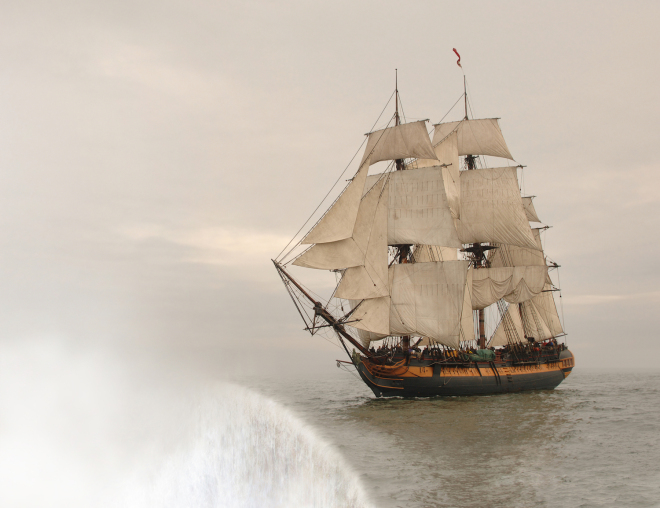
Today’s blog is written by ELGL member Matt Andrews and cross posted from our friends at the Building State Capability program at Harvard University.
The Public Leadership Through Crisis blog series offers ideas for leaders questioning how they can help and what kind of leadership is required in the face of a crisis (like the COVID-19 pandemic).
In my last blog post I emphasized the importance of leaders in crisis situations being (i) motivated for the public good, (ii) honest about—but not hampered by—self-doubt, (iii) committed to communicating more than ever (to help people deal with fear and accept change), and (iv) aware of who their key people are and how to motivate and mobilize those key people.
We wonder if you agree with these ideas?
These may seem like simple ideas to start with, but many crisis situations are exacerbated by leaders who do not adhere to these lessons. Instead, we see many leaders making mistakes like thinking too much about themselves during crises (their careers, political futures, etc.), giving into their doubts, communicating poorly, or centering the work too much on themselves (and failing to mobilize the key people around them or to help these people embrace change). Often they fall into these traps because they think the only thing that matters is getting to a solution, fast; actually, leading your people matters just as much (if not more).
You need to be aware that these traps are there. And beware of them. They can cause you and your people to fall over the edge.

Building on this, Katharina Balazs (cited in the last post) reflects on a concern we have for anyone expected to lead in these crisis situations. She talks about how leaders (and others) ‘freeze’ in the face of crises when they become defensive about the past and give in to doubts about moving effectively into the future. She, and her co-author, write that the “fear of a narcissistic injury, of having to acknowledge that the present state of affairs is not good enough, can contribute to a frozen stance [where] we seem to prefer the familiar “bad” to the promising unknown.” (Transforming the mind-set of the organization (Kets De Vries and Balazs, 1999,646)).
Being ‘frozen’ like this—even for a short while—can be extremely costly in the face of a crisis. You and your people can lose time in responding, and confidence can be even more undermined, making your leadership challenge even harder than when it started. So we want you as a leader to be very aware of how you can fall into this trap and how you can avoid it.
Our main message is that you can overcome ‘crisis freeze’ by being brave, calm, and adaptive. But what does this mean?
First, be brave: take responsibility, don’t defend the past, or point fingers. Crisis situations demand that leaders pay particular attention to events happening in front of them, and take responsibility for getting their people through those things. It is not the time to defend the status quo because you or your people are invested in it and think you will lose face if it is questioned. It is also not the time to point fingers at others for whatever you think they may or may not have done to get you into this place. Such strategies will just waste time. They are part of what Tim Johnson calls “abdication bias” in his book Crisis Leadership. This is where a leader ‘eschews responsibility’ in a crisis, or ‘blames others’. You are the leader. Your people need you. You must take responsibility. Let this responsibility call you to action, and counter any inclination to ‘freeze’. And remember a lesson from Nancy Keohn: we can learn through these processes how to become more brave. Just resist passing the buck. It will hurt you and your people.
Consider, for example, a Yale School of Management article and video below about taking responsibility. The video is of Naomi Hirose, president of the Tokyo Electric Power Company (TEPCO), operator of the Fukushima Daiichi nuclear power plant, discussing his company’s response to the 2011 tsunami and nuclear meltdown. The interview is quite long, and worth watching, but if you don’t have time the first minute is key—where he says, simply, ‘The most important thing is… do not run away. That’s the most important thing.’
